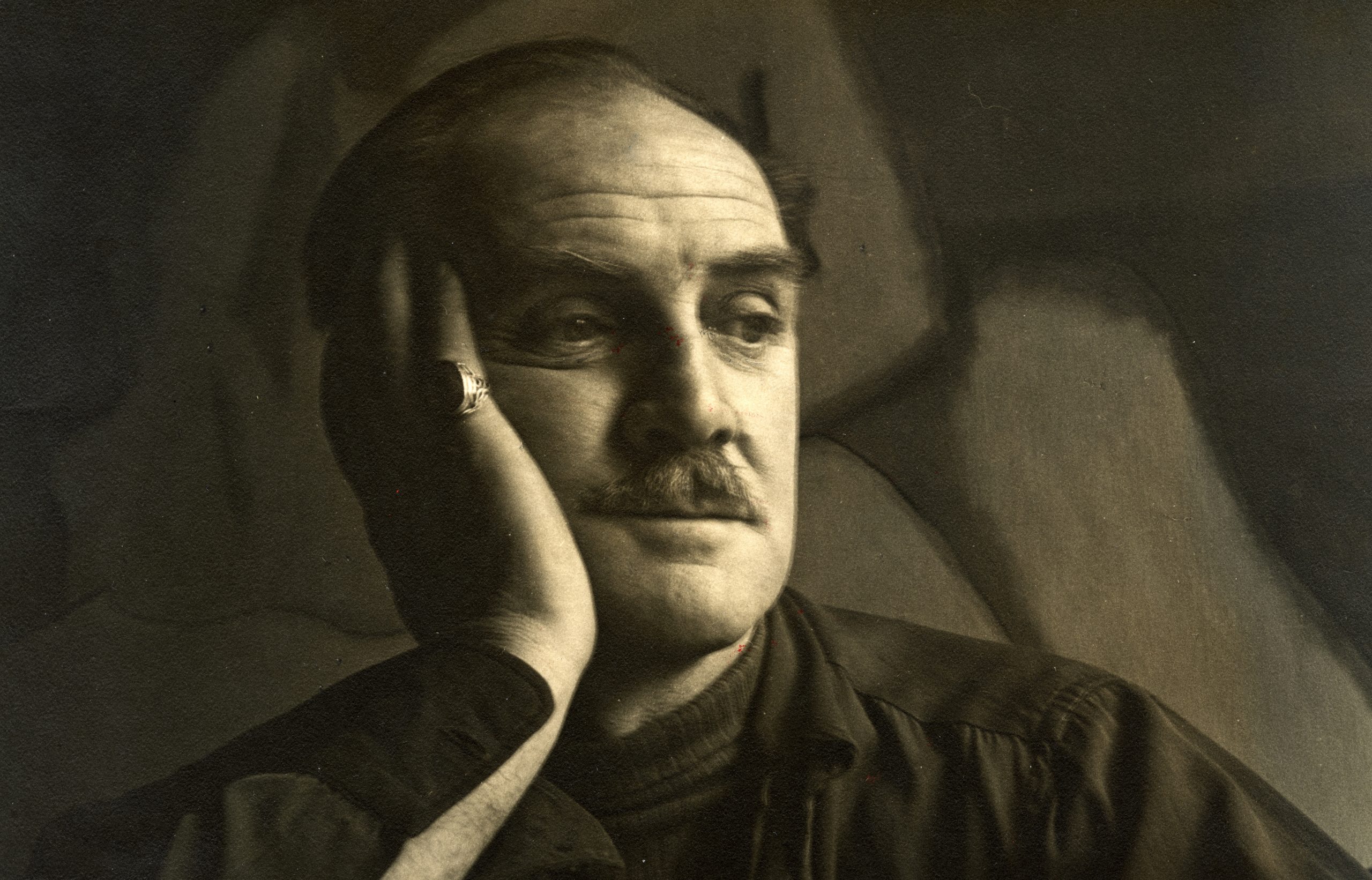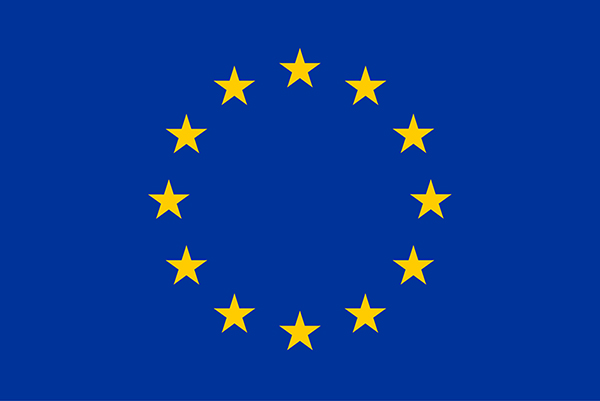1885 | Born in Altmar, New York
Milton Clark Avery is born on March 7, 1885, in Altmar, New York, the youngest of four children in a working-class family.
1898-1905 | Move to Hartford
The Avery family relocates to Hartford, Connecticut, in 1898. Avery leaves school at 16, working factory jobs to support his household after his father’s death in 1905.
1905-1919 | School of the Art Society of Hartford
As the sole support of his family, employed in factory and later clerical work, Avery studies art at the Connecticut League of Art Students in Hartford, later transferring to the School of the Art Society of Hartford, where he is awarded honours in the Portrait and Life Drawing classes. By 1911, he lists his occupation as artist in the Hartford city directory.
1920-1926 | Marriage and New York beginnings
From 1920, Avery’s first trip to Gloucester, Massachusetts, he starts a lifelong practice of spending summers in a place of natural beauty where he makes sketches and watercolours to develop later into paintings. Avery meets artist Sally Michel (1902-2003) in Gloucester in 1924, and they marry on May 1, 1926.
While he participated in group exhibitions in Hartford beginning in 1915, Avery had his first one-man exhibition there in 1924, and his first solo New York exhibition in 1928.
Avery achieves his goal of becoming a serious, full-time painter after moving to New York City in 1925, in part made possible by Sally’s income as an illustrator. Both begin attending sketch classes at the Art Students League.
His early years account for a rigorous work ethic, while he and Sally visit museums and galleries in New York City every Saturday, exposing them to the works of the European Modernists.
1929 | Meeting Mark Rothko and first museum acquisition
Following 1927 and 1928 group shows at the Opportunity Gallery, Avery is introduced by violinist Louis Kaufman to fellow newcomer Marcus Rothkowitz, later known as Mark Rothko, with whom he forms a lifelong friendship. Rothko eventually introduces Avery to Adolph Gottlieb and Barnett Newman. Avery, Gottlieb and Rothko begin meeting almost daily for drawing sessions. And Rothko and Gottlieb often join Avery and his family on long summer vacations where they draw and paint together. The Averys summer in Gloucester, Vermont, Mexico (in 1946), California, the Gaspé Peninsula (1938) and, latterly, Provincetown, and Woodstock.
The Phillips Collection in Washington, D.C. is the first museum to purchase one of Avery’s paintings, Winter Riders, 1929.
1932 | March Avery born
In 1932, the Averys’ only child March is born, and from that point on she becomes the subject of many of his paintings.
1933-1935 | WPA and Valentine Gallery
After a brief period working for the Public Works Art Project of the Works Progress Administration, Avery joins the Valentine Gallery in 1935. Dr. Albert Barnes acquires Nurse-Maid, 1934 from Avery’s first exhibition there.
1943-45 | Paul Rosenberg Gallery & Durand Ruel Gallery, first solo museum exhibition
In 1943, Avery holds his first solo museum exhibition at the Phillips Memorial Gallery (now The Phillips Collection).
Although Avery exhibited extensively during the 1930s, it is generally agreed that the mature phase of his career begins after he joins the Paul Rosenberg Gallery in 1943. Rosenberg was associated with the European avant-garde and also represented Americans Max Weber and Marsden Hartley. In 1945, Avery had concurrent exhibitions at Rosenberg and Durand-Ruel Galleries and he continues to work with both galleries from 1944-49.
1949 | Ill health
Avery suffers a serious heart attack. During his convalescence he concentrates on making monotypes. Upon resuming painting, his work shows a new subtlety in the handling of paint, and a tendency toward slightly more muted tones.
1951-1952 | Grace Borgenicht Gallery, travels to Europe
In 1951, Avery begins his representation by Grace Borgenicht Gallery, a working relationship that endures until his death.
Milton and Sally Avery travel to Europe for the first time in 1952, visiting London, Paris, and the Riviera. It is his only trip to Europe.
1952-53 | Baltimore Museum retrospective
Now aged 67, Avery’s career-defining retrospective opens at the Baltimore Museum of Art (1952-53). Opening at the Baltimore Museum of Art, Milton Avery, a large display of 85 works, gave Avery a level of national exposure he had not yet experienced, despite having been active for nearly 40 years. The exhibition, with a catalogue essay by Frederick S. Wight, travels to The Phillips Collection; the Wadsworth Atheneum Museum of Art; the Institute of Contemporary Art, Boston and elsewhere.
1957-1960 | Provincetown summers, Clement Greenberg, heart-attack
Avery spends four summers in Provincetown where, possibly influenced by the large canvases of his Abstract Expressionist colleagues, he works on a larger scale. He also, for the first time, paints directly to the canvas in his summer studio.
In 1958, Clement Greenberg writes a major article on Avery, voicing influential enthusiasm for his work. He concludes the essay: “There are certain seascapes Avery painted in Provincetown in the summers of 1957 and 1958 that I would expect to stand out in Paris, or Rome or London just as much as they do in New York.”
In October 1960, he suffers his second, debilitating heart attack.
Milton Avery, a one-person exhibition, is organised and circulated by The American Federation of Arts, opens at the Whitney Museum of American Art.
1962 | First monograph
The first monograph on Avery, written by Hilton Kramer, is published.
Victor Waddington presents his first exhibition of Avery’s work in London, at the suggestion of artist Patrick Heron. He exhibits Avery at his gallery until his death in 1981, taking an especial interest in Avery’s late monochromatic works. The gallery continued to represent Avery under the leadership of his son, Leslie Waddington.
1963 | Academic recognition and death
In 1963, Avery is elected a Fellow of the American Academy of Arts and Sciences. He passes away, at the age of 79, on January 3, 1965, at Montefiore Hospital. His memorial, with a eulogy delivered by Mark Rothko, is held at the Society for Ethical Culture. Avery is buried in The Woodstock Artists Cemetery.
1964-1965 | One-person exhibitions after Avery’s passing
Just before and soon after his death, several memorial exhibitions are held across the United States, including Paintings by Milton Avery, at the Wadsworth Atheneum, Hartford (1964) and Milton Avery Paintings: 1941-1963, circulated by The Museum of Modern Art, New York (1964-65), as well as more intimate exhibitions at HCE Gallery in Provincetown, and The Woodstock Artists Association and Museum.
1982 | Major Whitney retrospective
In 1982 the retrospective of Avery’s work, Milton Avery, is organised and toured by the Whitney Museum of American Art, Barbara Haskell, curator.
2021-2022 | Royal Academy European debut
In 2022 the Royal Academy of Arts in London organised the first ever European museum exhibition of Milton Avery’s work, curated by Edith Devaney. In collaboration with the Modern Art Museum of Fort Worth and the Wadsworth Atheneum, the exhibition Milton Avery: American Colourist, is the artist’s first solo institutional retrospective in Europe, featuring around 70 key works from the 1910s to 1960s.













